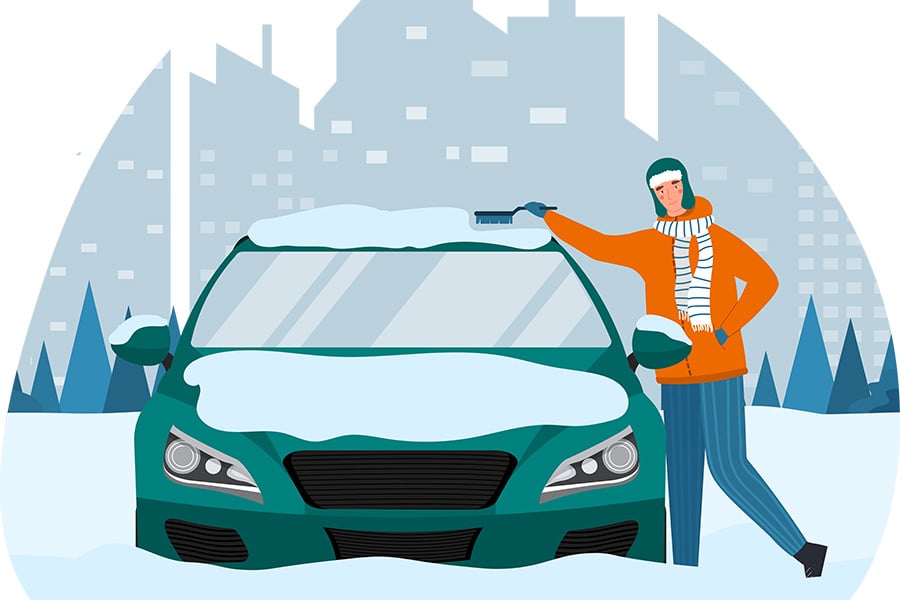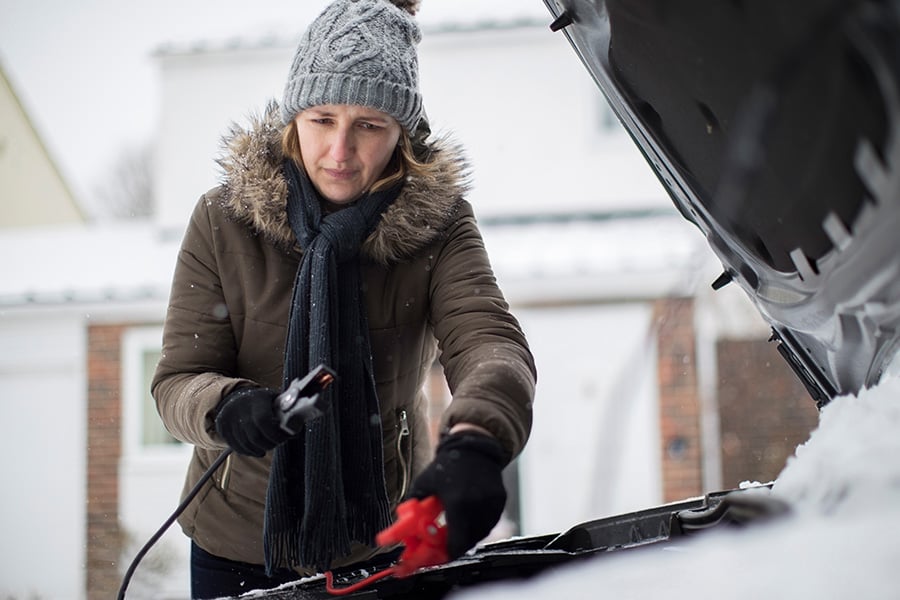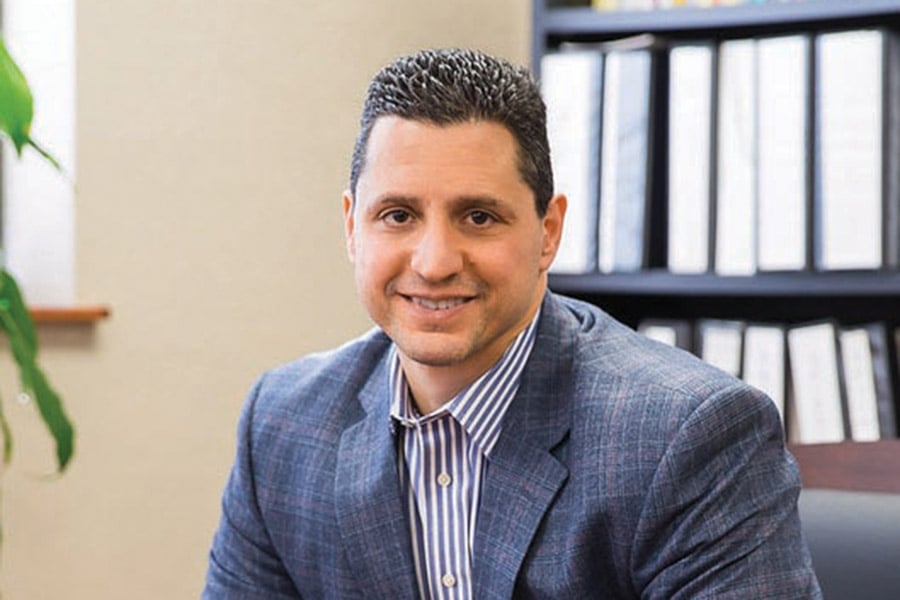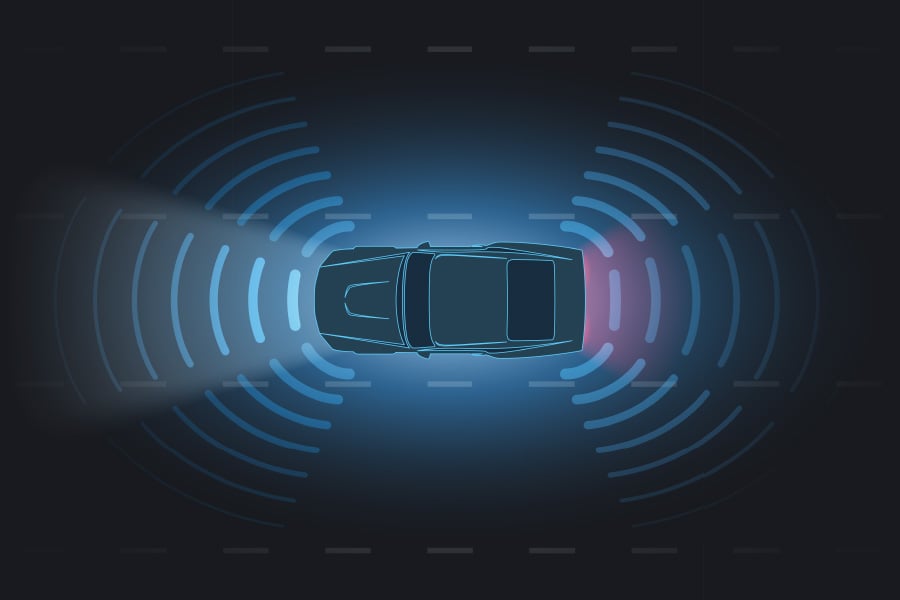Speeding Ahead
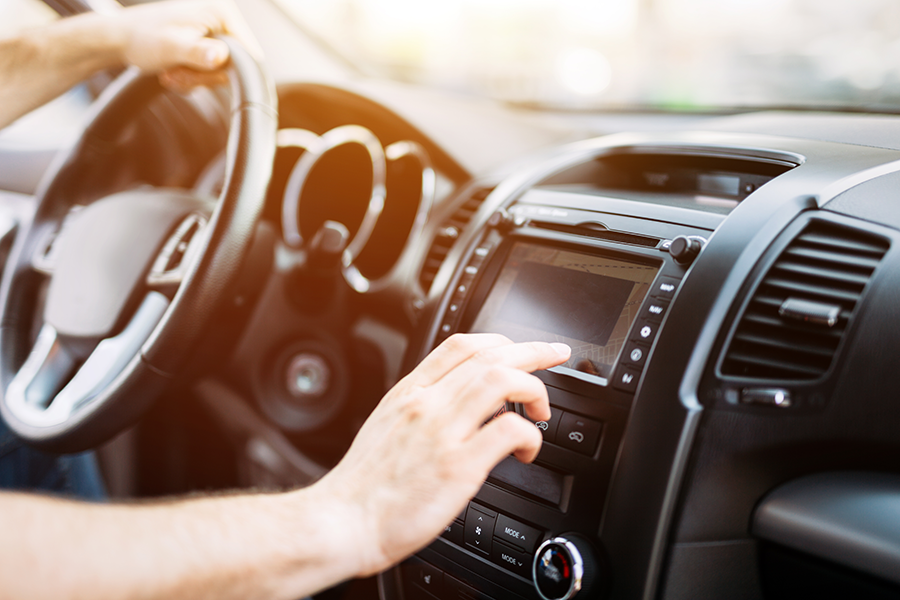
The infotainment systems in your car can distract you from what’s really important — paying attention to driving.
But the AAA Foundation for Traffic Safety has found promise in its latest research from the Center for Driving Safety & Technology showing that Apple CarPlay and Google’s Android Auto are less demanding on drivers when compared with built-in vehicle infotainment systems designed by automakers.
While infotainment systems can create potentially unsafe levels of distraction by allowing drivers to perform complex tasks like programming navigation or sending a text, driver interactions when using CarPlay and Android Auto were 24 percent (5 seconds) faster on average than the vehicle’s native system when making a call and 31 percent (15 seconds) faster when programming navigation. Still, AAA urges drivers not to use such third party systems or in-vehicle infotainment technology to perform non-driving related tasks – such as sending text messages.
But these findings are encouraging — they indicate that popular infotainment systems can be designed in a way that is less distracting. Distracted driving is responsible for more than 390,000 injuries and 3,500 deaths every year.
“Google and Apple are proving it is possible to reduce the level of demand in-vehicle infotainment technology places on drivers,” said Dr. David Yang, Executive Director of the AAA Foundation for Traffic Safety.
Yang pointed out that improvements are necessary before any of the systems can be considered safe to use while driving. However, he said, smartphone-based software has the potential to offer a simpler, more familiar design that is less confusing to drivers.
The AAA Foundation for Traffic Safety teamed with researchers from the University of Utah to evaluate five vehicles – 2017 and 2018 models - to determine the amount of visual and mental demand placed on drivers by CarPlay, Android Auto and each vehicle’s built-in (native) infotainment system.
The latest report is the sixth phase of distraction research from AAA’s Center for Driving Safety and Technology.
Both CarPlay and Android Auto generated an overall moderate level of demand for drivers while the built-in vehicle systems created very high levels of demand. Still, there is room for improvement that could lead to even lower demands. AAA recommends that industry and smartphone companies strive to design in-vehicle technology systems that do not exceed a low level of demand, which equates to listening to the radio or an audiobook.
Researchers also found that not all vehicles are created equally. When using CarPlay or Android Auto, some vehicle touchscreens displayed additional menus and text, while others did not. The additional menus contributed to an increase in the overall workload on drivers. Each vehicle’s system also influenced what features were or were not locked out while the vehicle was in motion when using Android Auto and CarPlay. For example, some vehicles allowed drivers to access their entire contact list when calling or texting, while others limited the number of contacts shown or completely blocked access - resulting in the smartphone-based systems performing differently across various vehicle models. Locking out certain features can help lead to even lower demand on drivers.
Expanding on research released in October 2017, this latest phase of research also evaluated distraction levels caused by built-in infotainment systems in 10 new 2017/2018 vehicles. Research found that none of the 10 vehicle infotainment systems produced low demand, while six systems generated high or very high levels of demand on drivers.
“Drivers must use common sense when it comes to technology inside the vehicle. Just because it is available, doesn’t make it safe to use,” said Jake Nelson, AAA Traffic Safety and Advocacy director.
The Center for Driving Safety and Technology was created in 2013 with the goal of studying the safety implications of how drivers interact with new vehicle technologies when behind the wheel. To view the latest vehicle reports and learn more about Center for Driving Safety and Technology’s research, visit AAA.com/distraction.



